According to statistics, for every 100 students graduating from junior high school, after 3 years, there are 60 - 65 students graduating from high school, of which 20 - 25 students pass the university entrance exam. Vocational training affects 75 - 80% of students after junior high school, showing its importance to the national human resources.
Unreasonable structure
In recent years, many policies and solutions of the Party and State on career guidance, streaming and vocational training have been implemented such as: transferring vocational education (GDNN) to the Ministry of Labor, Invalids and Social Affairs (MOLISA) for management, except for intermediate and college (CĐ) pedagogical schools; vocational students after junior high school are exempted from tuition fees and can transfer to colleges and universities; the Government issued a framework for the national education system, regulating streams after junior high school and high school... thanks to which the proportion of people with technical expertise has increased.
Increase income for people with technical expertise To meet the human resource requirements for socio-economic development and international integration, it is necessary to synchronously implement the following solutions: Propagating the importance of career guidance, career orientation and vocational training for individuals as well as the whole society. Improving the quality of vocational training, training linked to the needs of businesses and society. Some specialized schools can organize entrance exams for junior high school graduates, and students who pass the exam will be awarded high scholarships. The State and businesses recruit and increase income for people with technical expertise... |
If in 2014, for every person with a university degree or higher, there were 1.5 people with a degree below university level, then by 2019, for every person with a university degree, there were 1.1 people below university level. After nearly 5 years of transferring vocational education to the Ministry of Labor, Invalids and Social Affairs for management, the rate of people with a university degree or higher increased by 2.4%, while the rate of people with a degree below university level decreased by 0.4%, which is contrary to the forecast of the General Department of Vocational Training - Ministry of Labor, Invalids and Social Affairs made in 2017. The worrying thing is that our country still has over 80% of the population (15 years old and above) without technical expertise, while in countries like Japan and the US, this rate is below 20%.
Restrictions on vocational training and streaming
Career guidance - streaming - vocational training in our country are still weak links. The target of 30% of secondary school students participating in vocational education was set for 2010, but by 2020 it is still far away. There are many reasons leading to this situation:
Society still places a heavy emphasis on degrees. Many people want their children to have a university degree, or even higher, regardless of their abilities, conditions and wishes. After junior high school, students mainly go to high school, leading to some high schools lowering the average admission score by less than 1 point, such as the case of a school in the mountainous region of Thanh Hoa . In many localities, this rate is over 80%. Ho Chi Minh City is a locality that does a good job of career guidance, but annual data shows that 70% of junior high school students go to public high schools, the rest go to private high schools or continuing education centers, go to the labor market and a proportion (less than 30%) follow vocational education.
The lack of good students in vocational training has affected the quality of training. Most of the students who failed to pass the public high school entrance exam in all their wishes, with average and weak academic performance, enter vocational schools. Many of them cannot keep up with both vocational training and general education, leading to frustration and dropping out of school. High-tech fields require students to have the ability to think and calculate, but it is difficult to recruit students who meet the requirements.
According to the international education classification, level 4 (post-secondary) is very diverse and rich in form, program and training level. Accordingly, the model of vocational high school, technical high school suitable for level 4, both vocational training and general education has been successful in many countries, but in Vietnam, level 4 is regulated as intermediate level. The model of technical high school has been piloted many times but still cannot be implemented, due to problems in management mechanism and investment resources.
The Government has detailed regulations on articulation between educational levels and training qualifications in the national education system, but has not yet issued full legal documents on this articulation.
Career guidance for students is still a weak link in middle and high schools. Schools focus on guiding students to university, leading to extra teaching and learning right from middle school. The increase in university quotas and the expansion of admission based on academic records... leads to university entrance being too easy, many students with low high school entrance exam scores still pass university. The number of people with university degrees is increasing, but the rate of unemployed people with university and master's degrees is also increasing.
The awareness of some education managers is not complete about the stream, when they think that the target of 30%, 35% of students after secondary school following vocational education is only suitable for disadvantaged areas, while in provinces/cities with high quality education, where parents can afford to send their children to university, this target is lower. The concept that vocational training is for vocational schools, not for general schools, leads to general students participating in the labor market without technical expertise.
Source: https://thanhnien.vn/nguoi-dan-co-trinh-do-chuyen-mon-ky-thuat-con-thap-185991855.htm



![[Photo] Opening of the 14th Conference of the 13th Party Central Committee](https://vphoto.vietnam.vn/thumb/1200x675/vietnam/resource/IMAGE/2025/11/05/1762310995216_a5-bnd-5742-5255-jpg.webp)




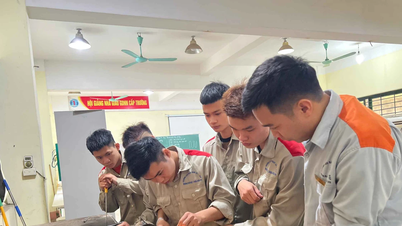


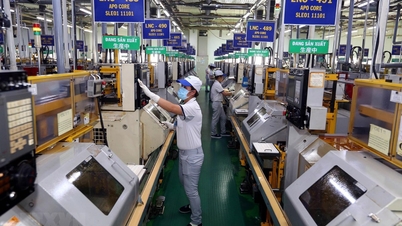


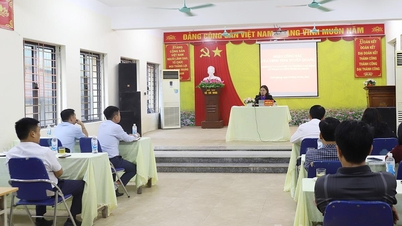





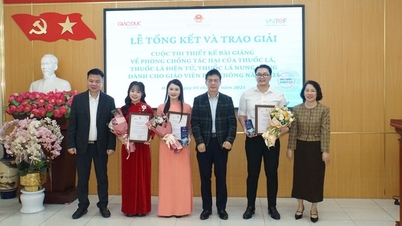

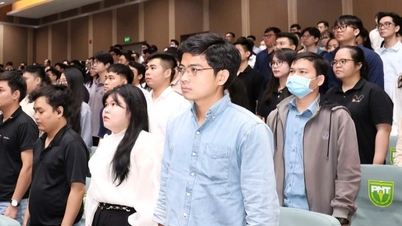

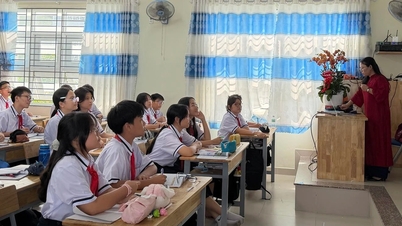






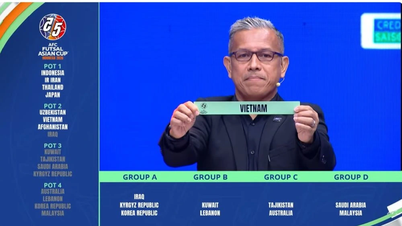





![[Photo] Panorama of the Patriotic Emulation Congress of Nhan Dan Newspaper for the period 2025-2030](https://vphoto.vietnam.vn/thumb/1200x675/vietnam/resource/IMAGE/2025/11/04/1762252775462_ndo_br_dhthiduayeuncbaond-6125-jpg.webp)

























































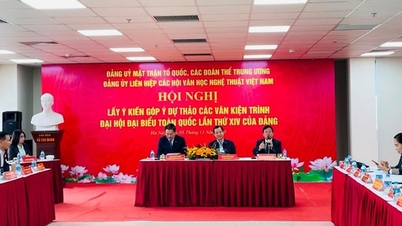

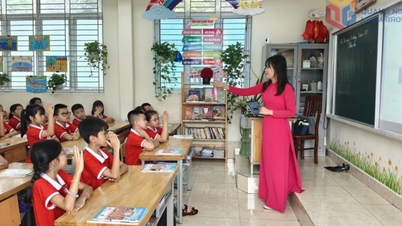















Comment (0)